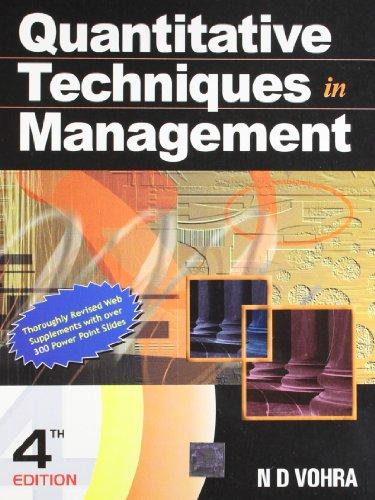14. (i) The annual demand for an item of inventory is D units, ordering costs are B...
Question:
14. (i) The annual demand for an item of inventory is D units, ordering costs are B rupees per order, transportation costs per order (irrespective of the number of units transported) is Trupees, annual interest charges are x % of the value of inventory, insurance and warehousing charges amount to y % of the value, and the price of the product is P rupees per unit. What will be the EOQ?
(ii) Would the EOQ in the case of gradual receipt of goods ordered be smaller or larger than the EOQ in the case of instantaneous receipt, all other relevant data remaining the same? Why?
(iii) List the major weaknesses of the classical EOQ model of inventory.
(iv) List three factors affecting the re-order level of inventory.
Fantastic news! We've Found the answer you've been seeking!
Step by Step Answer:
Related Book For 

Question Posted:






